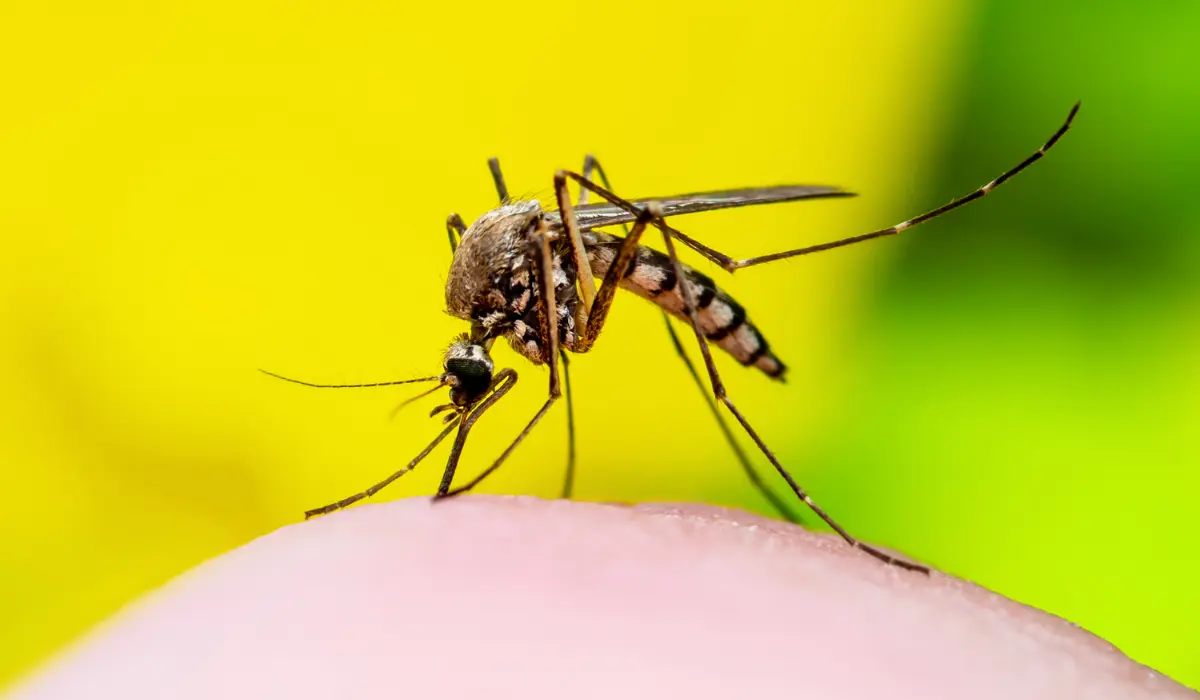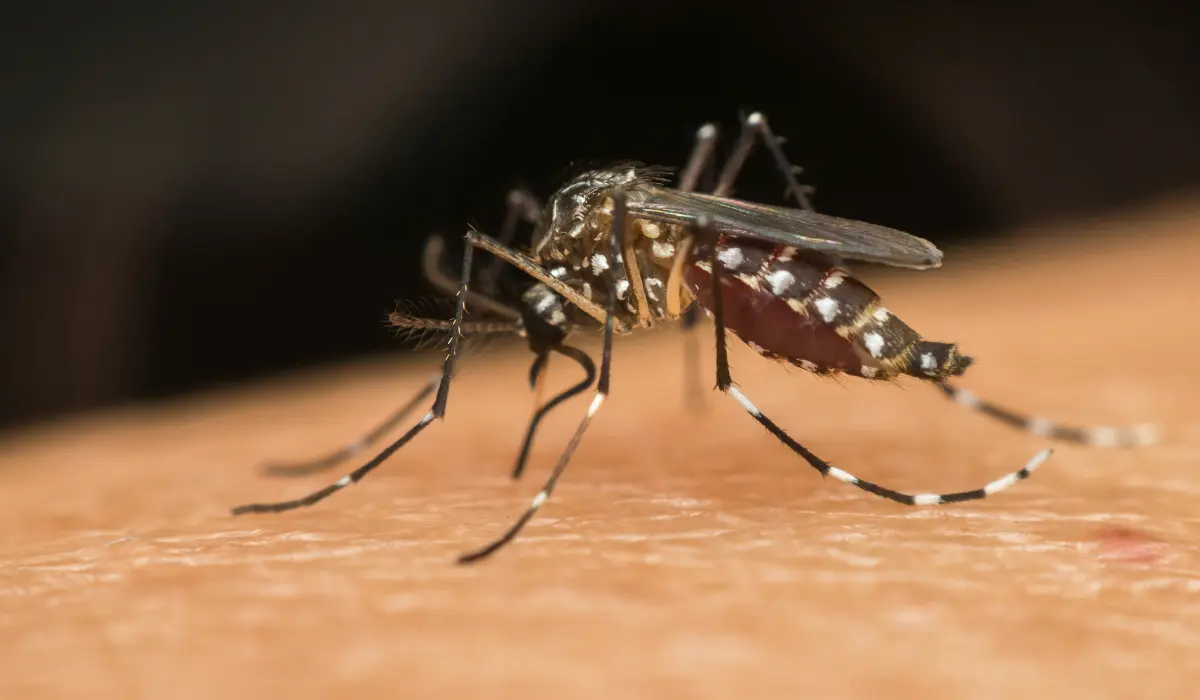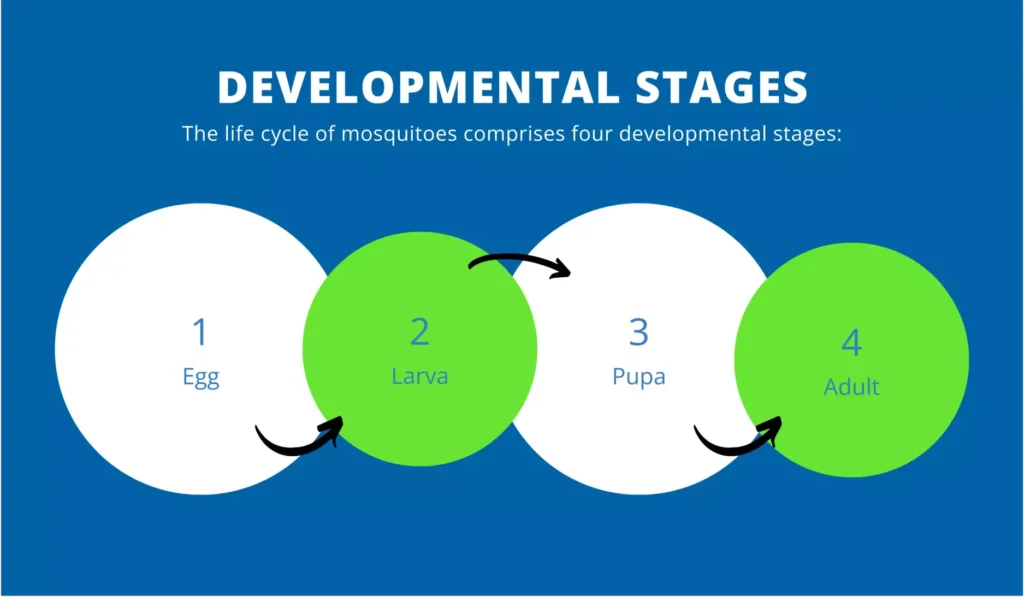San Diego Mosquitos: Where They Come From and How to Get Rid of Them
Living in the beautiful, sunny city of San Diego has many perks, but it also brings some challenges, especially when it comes to mosquitoes. These tiny pests are annoying and can pose significant health risks.
In this article, we’ll explore the world of San Diego’s mosquitoes’ life cycles, breeding habits, and the crucial role weather plays in their prevalence.
Keep reading to learn how to outsmart these pesky insects and enjoy your beautiful city to the fullest.
Key Takeaways
- San Diego’s climate contributes to mosquito activity, affecting quality of life and public health.
- Effective mosquito prevention hinges on understanding their life cycle and habits in the local area.
- Public education and preventive strategies are key to minimizing the risk of mosquito-borne diseases.
– – –
🐜 San Diego Mosquito Control Service
Get Your First Service For Only $67
Limited Time Offer
– – –
Understanding Mosquitoes in San Diego
Mosquitoes in San Diego County vary in species, with certain types posing more risk than others.
Species of Mosquitoes
The battle against mosquitoes is ongoing in San Diego, with several species making their presence known.
Among these, the Culex quinquefasciatus and Aedes aegypti are particularly noteworthy due to their prevalence and the diseases they carry.
| Common Name | Mosquito Species | Feeding Time | Diseases Transmitted |
 Southern House Mosquito | Culex quinquefasciatus | Nocturnal | West Nile Virus |
 Yellow Fever Mosquito | Aedes aegypti | Daytime | Zika, Dengue, Chikungunya |
Invasive Mosquitoes
Invasive mosquitoes originate from other parts of the world. These species adapt quickly to new environments and often outcompete native mosquitoes.
They also raise major concerns due to their potential to spread diseases more effectively than many native species. Besides Aedes aegypti, other Aedes species include:
- Asian Tiger Mosquito (Aedes albopictus): A competitor to Aedes aegypti, this species can also carry several diseases, including dengue fever, chikungunya, and Zika virus.
What Diseases Do Mosquitoes Carry in San Diego?
Mosquitoes in the San Diego region can transmit several diseases that significantly impact public health.
| Disease | Symptoms | Risk Factors |
| Zika Virus | Fever, rash, joint pain | Travel to affected areas, pregnancy |
| Dengue | High fever, severe headache | Presence of Aedes mosquitoes |
| Yellow Fever | Jaundice, chills, body aches | Limited vaccination coverage |
| Chikungunya | Fever, joint pain | Travel to endemic regions |
| West Nile Virus | Often asymptomatic, it can lead to neurological diseases | Being outdoors during peak mosquito times |
Where Do Mosquitoes Breed?
In San Diego, the warm climate and occasional rains create a hospitable environment for mosquitoes. These insects are notorious for their ability to find and utilize the smallest amounts of standing water for breeding.
These locations can range from natural bodies of water to man-made containers.
- Puddles: Often formed after rain, these temporary water accumulations are prime real estate for mosquito moms.
- Man-made Containers: Potential nurseries include buckets, plant saucers, and any container holding water for over a week.
- Natural Reservoirs: Untended and stagnant waters, such as pools, ponds, lagoons, marshes, or any natural water bodies, especially those shaded by vegetation.
- Gutters and Drains: Clogged or poorly draining gutters can hold enough water for mosquito breeding.
- Backyards: They can become breeding grounds due to items that collect rainwater.
- Water Features: Decorative ponds without proper water circulation can attract mosquitoes.
Developmental Stages

Temperature is a critical factor in the length of each stage—warmer conditions typically speed up the process, allowing for a faster transition from egg to adult mosquito.
The life cycle of mosquitoes comprises four developmental stages:
- Egg: Mosquitoes lay eggs on or near water. The eggs hatch into larvae within 24-48 hours.
- Larva: This aquatic stage involves four molts, where larvae feed on organic material and grow in size.
- Pupa: Larvae metamorphose into pupae, an intermediary non-feeding stage where development into adult mosquitoes occurs.
- Adult: Emergence from the pupal case marks the final stage. Newly emerged adults rest on the water’s surface until their exoskeleton hardens.
Mosquito Prevention Strategies
Mosquito prevention in San Diego is a collaborative effort from everyone in the county.
– – –
🐜 San Diego Mosquito Control Service
Get Your First Service For Only $67
Limited Time Offer
– – –
DIY Prevention Tips
As a resident, you have a significant role in preventing mosquito breeding with this checklist:
- Eliminate Standing Water: Regularly check and empty any containers that hold water.
- Maintain Screens: To keep mosquitoes outside, ensure window and door screens are intact.
- Install Mosquito Nets: Consider installing mosquito netting around seating areas for outdoor living spaces such as patios or decks.
- Conduct Garden Care: Clean your garden and gutters to avoid water accumulation.
- Use Mosquito Repellents: Apply EPA-approved insect repellents containing DEET or picaridin to exposed skin and clothing, especially at dawn and dusk, when mosquitoes are most active.
- Introduce Natural Predators: Besides mosquito fish in ponds, consider attracting or introducing other natural predators of mosquitoes to your garden, such as dragonflies or bats.
Professional Pest Control Services
Professional efforts play a crucial role in managing mosquito populations through the following actions:
- Larvicides: Chemicals applied to water sources to eliminate mosquito larvae.
- Inspections: Regular checks to monitor mosquito activity and implement targeted control measures.
Consulting a professional pest control service is often the best action for persistent or severe mosquito infestations that don’t subside with DIY prevention methods.
With their expertise, you can achieve a mosquito-free environment, enhancing the comfort and safety of your outdoor spaces.



